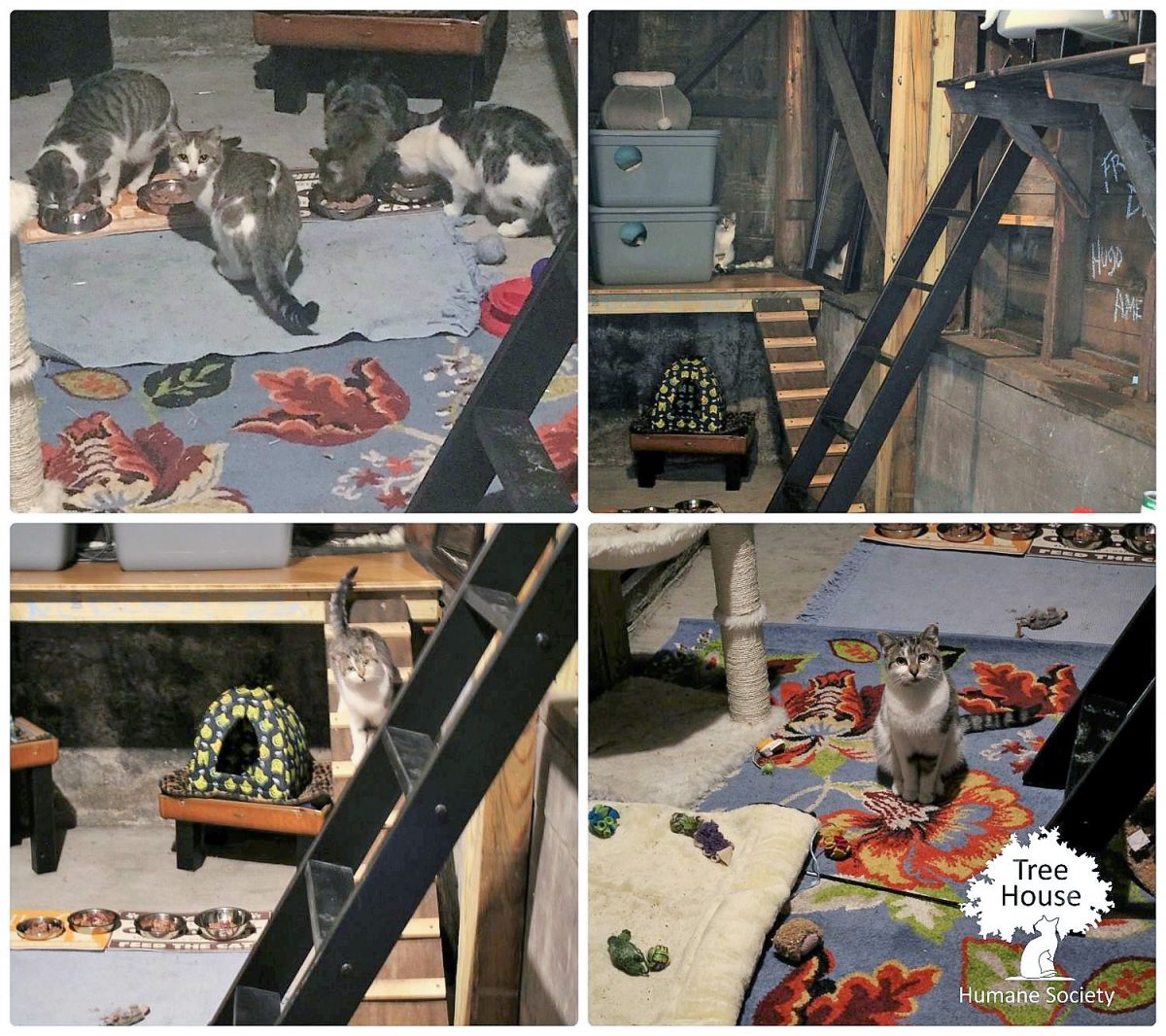I continue to be impressed by the green rodent control program as operated by Treehouse Humane Society in Chicago. As you might expect, it’s a reference to putting feral cats back on the streets in locations where there is a perceived rat problem. The cats deter the rats and because nasty chemicals are not used it is considered to be a green or an environmentally friendly process.
There’s quite an interesting headline on Fox News: 1000 feral cats released onto Chicago streets to combat rat problem. When you read that it goes against all that the authorities normally want to see. Normally city authorities want to remove feral cats from the streets but in this instance a charity is putting them on the street to work.

The program was started in 2012. And Fox News reports that Chicago topped the list for the top 50 rattiest cities for the sixth time in 2021. Yes, Chicago has the most rats of any US city according to this report. Los Angeles is the next worst rat-infested city while New York came in third and Washington DC is in fourth position.
Cats at Work in a Cat Haven!
Tree House's Cats at Work program helps displaced feral cats. The cats are placed with a…
Posted by Tree House Humane Society on Friday, March 9, 2018
I think it’s a brave policy to use TNR programs to manage feral cat colonies and then to relocate them in zones where there is a rat problem. These are feral cats that have to be moved and so they move them to locations where the can do some good. The big issue is whether it actually works. Of course, I love the idea and the policy. I love to see cats put to work rather than killed in an extermination programme. TNR is far more humane and effective in the long term. There are too many detractors of TNR programs. They do a lot of good but detractors want to kill feral cats because they are too impatient to work on a long-term programme.
RELATED: Four “Career Cats” are living the good life as working cats on a 7-acre homestead
RELATED: All businesses should take a leaf out of the Disneyland book on feral cats
The Treehouse Humane Society’s Community Cats Programme manager Sarah Liss told Fox News that their green rodent control programme works. She said that the organisation has noticed that the cats make a positive difference on Chicago’s streets. She said that the rat population decreases in those places where there are managed feral cats.
She said that the rat population was “significantly decreasing and even going away for a lot of folks who [were] taking care of [the] cats”.
Critically, I think, Liss states that the presence of feral cats (in the words of the Fox News journalist), “repels the disease-carrying rodents, although the cats have been known to hunt and catch rats on occasion“. This indicates that the presence of the cats deters rats. It also indicates that not all feral cats hunt rats. We don’t know the percentage but I suspect that it is quite low. Rats are borderline acceptable as prey animals to feral cats. Sometimes they are quite large and can be dangerous to cats.
RELATED: Rats can be far more aggressive and courageous than modern domestic cats
The point is this: if the presence of feral cats is deterring rats, then those rats are going somewhere else. They’re not been killed; they are just relocating themselves. On this basis, the green rodent control programme is pushing the can down the road rather than fixing the problem. They are pushing the problem on to somebody else rather than eradicating the problem. Is that what the Humane Society wants?
If the main role of feral cats in a location is to deter rats, then the location next to that one also needs to deter rats and so on until you have a large population of feral cats deterring rats over a large urban area. However, the locations outside of that area are likely to be more infested than they would otherwise be as the rats migrate outwards to cat-free zones. Is that how it works? I am questioning the viability of this program.
That is not to say I dislike it. I think it’s a great system and I have always promoted the concept of green rat control through feral cats but the big question is: does the typical feral cat attack and kill Chicago’s rats as a matter of course? The words of Sarah Liss indicate to me that feral cats don’t normally kill rats as a prey animal. If that’s true it undermines the efficacy of this scheme.

